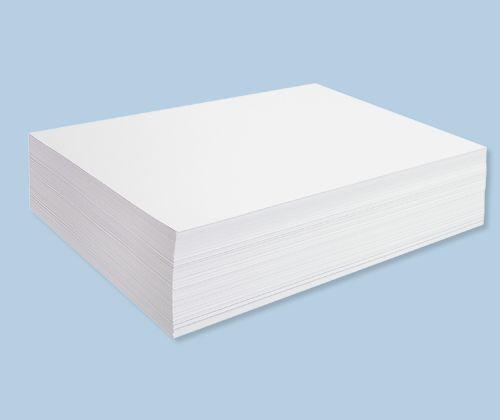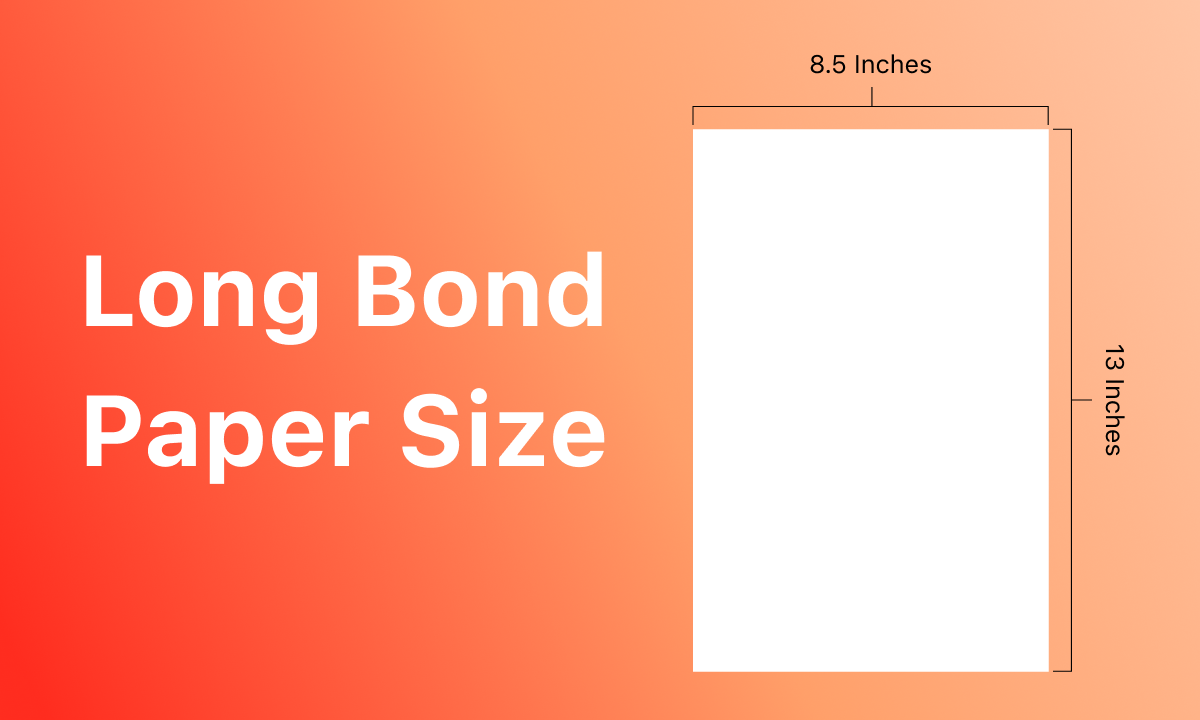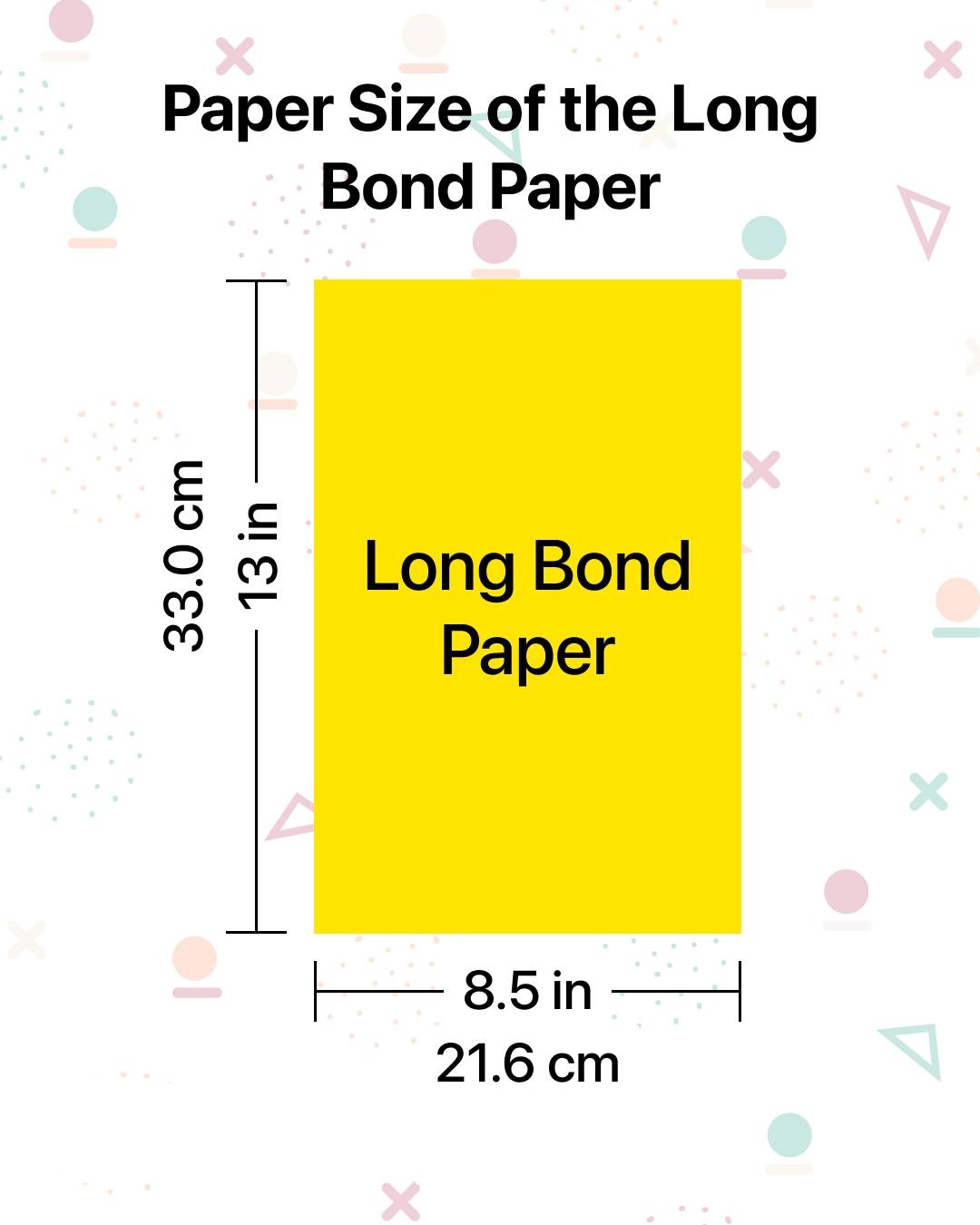
When it comes to printing important documents, bond paper stands out for its durability and professional look. Ever noticed how some paper feels thicker and more refined than regular sheets? That’s no coincidence — it’s likely bond paper, a trusted choice in offices, schools, and legal work.
In this post, you’ll learn what bond paper is, how it differs from copy or thermal paper, and why it's preferred for printing resumes, contracts, and formal documents. We'll cover its types, sizes, weights, and key features so you know exactly when and how to use it.
What Makes Bond Paper Unique?
Bond paper isn't just another sheet in the printer tray. It's built differently — and built better — for writing, printing, and preserving important work.
Key Characteristics of Bond Paper
• Durability and Strength
It contains cotton or high-grade fibers, making it more tear-resistant and reliable than standard copy paper in daily handling.
• Smooth Surface for Printing and Writing
Bond paper has a clean, polished surface. Pens move effortlessly, and printers leave sharper text and images with fewer smudges.
• Ink Absorbency and Readability
The paper holds ink well without absorbing too much. This keeps writing crisp and avoids the fuzzy edges seen in cheap paper.
• Acid-Free and Archival Quality
Some bond paper is acid-free. That means it won’t turn yellow over time and is safe for storing records or legal files.
Summary Table: Key Features of Bond Paper
| Feature | Description |
| Strength | High fiber content makes it tear-resistant and durable |
| Print/Writing Surface | Smooth finish helps reduce ink bleed and increases legibility |
| Ink Compatibility | Absorbs ink just enough for clean, sharp impressions |
| Longevity | Acid-free variants resist yellowing and preserve content over time |
Historical Background
Bond paper has more than just quality — it has history too. It started as something official and became something essential.
• Origins of the Term "Bond Paper"
The name comes from its first use: printing government bonds. These documents needed to last, so they required sturdy paper.
• Evolution from Bonds to Business
As offices grew and printing became common, bond paper became the default for resumes, contracts, and formal documentation.
• Timeline Snapshot: From Legal to Everyday Use
| Time Period | Use of Bond Paper |
| 1800s | Used for printing government bonds |
| Early 1900s | Adopted for legal and business documents |
| Modern Day | Common in schools, offices, and businesses |
• Why the Name Stuck
Even as its usage expanded, people kept the name “bond paper.” It still carries the meaning of trust, quality, and permanence.

Types of Bond Paper
Bond paper comes in many forms. Each type has its own purpose, texture, and printing behavior. Let’s break them down by how they’re made, coated, layered, or finished.
By Composition
• Rag Content (Cotton-Based Bond Paper)
This type includes 25% to 100% cotton fibers, making it stronger and smoother. It's commonly used for certificates, resumes, or archival prints.
• Wood Pulp Bond Paper (Chemical Woodpaste)
Made by chemically processing wood fibers, this is the most widely available type. It's suitable for everyday use like office printing or note sheets.
• Recycled Bond Paper
Some bond papers are made using reprocessed paper pulp. While not as sturdy, they’re decent for internal reports or drafts.
Comparison Table
| Type | Material Source | Strength | Common Use |
| Rag Content | Cotton fibers | High | Resumes, legal papers |
| Wood Pulp | Chemical wood paste | Moderate | General office printing |
| Recycled | Reused paper pulp | Low to mid | Drafts, internal use |
By Coating
The surface of bond paper may be coated to change how it interacts with ink and light.
• Uncoated Bond Paper
Has a porous surface, good for handwritten notes or typed documents.
Doesn’t reflect light — easy on the eyes during long reading sessions.
Best for legal contracts, tax forms, and school reports.
• Coated Bond Paper
This kind comes with surface layers that control ink spread. It's good for making text sharper and images brighter.
◦ Matte Coated
Gives a flat, non-glossy finish. It’s ideal for planners or pages with lots of text and light graphics.
◦ Gloss Coated
Highly reflective and smooth. Suitable for rich colors and detailed visuals in brochures, flyers, or photo printing.
◦ Satin Coated
Has a soft shine — not too dull, not too shiny. Often used in product catalogs or presentations.
Use Case Table
| Coating Type | Shine Level | Best For |
| Uncoated | No shine | Text documents, handwriting |
| Matte | Dull | Calendars, journals |
| Gloss | High shine | Photos, marketing prints |
| Satin | Subtle gloss | Business presentations |
By Ply
“Ply” refers to the number of paper layers. This affects both paper thickness and how it's used in printing systems.
• 1-Ply Bond Paper
Single-layered. It’s simple and used in systems where only one printed copy is needed. Works well with dot matrix or inkjet printers.
• 2-Ply Bond Paper
This type has two layers. When pressure is applied to the top layer, the image is copied onto the bottom layer. Often used in POS systems or receipt printers.
Ply Type Comparison
| Ply Type | Layers | Use Case | Advantage |
| 1-Ply | One | Basic prints, forms | Direct and cost-effective |
| 2-Ply | Two | POS receipts, duplicates | Creates duplicate copy |
By Finish
The finish defines the feel and texture of the paper. Some are textured for style; others are smooth for precision.
• Laid Finish
This one has a lined pattern that you can feel. It gives documents a classic, formal look and is best for legal or official papers.
• Linen Finish
It has a woven fabric-like texture. Often used for wedding invitations, certificates, or documents that need a premium appearance.
• Wove Finish
Wove paper feels uniform and clean. It’s widely used in offices for printing emails, reports, or internal communication.
• Smooth Finish
Smooth bond paper has a polished feel. Great for full-color images or detailed text that needs to stand out clearly.
Finish Type Overview
| Finish | Texture | Best Use |
| Laid | Ribbed lines | Legal letters, formal documents |
| Linen | Fabric-like | Invitations, certificates |
| Wove | Soft and plain | Business forms, daily prints |
| Smooth | Glossy surface | Presentations, marketing prints |

Standard Sizes and Weights of Bond Paper
Common Dimensions
• Letter Size (8.5” x 11”)
This is the most used paper size in the U.S. It's ideal for letters, resumes, internal reports, and everyday printer use.
• Legal Size (8.5” x 14”)
Legal documents like contracts and agreements often use this longer sheet. It gives extra space for formal content and signatures.
• Long Bond (8.5” x 13”)
Slightly shorter than legal, this format is used in some countries for formal printing. It's common in Southeast Asian office settings.
• Tabloid Size (11” x 17”)
This one’s large. Designers, architects, and publishers use it for posters, layouts, or spreadsheets that need wide formatting.
• A4 Size (210mm x 297mm)
The global standard outside North America. It’s widely used in schools, offices, and official documentation across Europe and Asia.
Quick Size Comparison Table
| Paper Type | Dimensions (inches) | Common Use |
| Letter | 8.5 x 11 | Reports, letters, general use |
| Legal | 8.5 x 14 | Contracts, legal documents |
| Long Bond | 8.5 x 13 | Business forms, office prints |
| Tabloid | 11 x 17 | Layouts, design drafts |
| A4 | 8.27 x 11.69 | Global documentation, school |
Understanding Paper Weights
• What Does “20 lb Bond” Mean?
This refers to the weight of 500 sheets (a ream) at its basic uncut size — 17" x 22" for bond paper. So, 20 lb bond means 500 sheets of 17x22 paper weigh 20 pounds.
• Common Weights: 16 lb, 20 lb, 24 lb, 32 lb
16 lb: Lightweight, usually for internal notes or scratch paper.
20 lb: Standard for printing documents like resumes, forms, or office letters.
24 lb: Slightly heavier, giving a more premium feel — good for presentations.
32 lb: Used for high-quality prints, such as certificates or professional reports.
• How Paper Weight Affects Texture and Use
Heavier paper tends to feel smoother, absorbs ink better, and resists tearing or folding. Lighter paper costs less but may bleed ink or crumple.
Paper Weight Guide
| Weight | Feel | Best For |
| 16 lb | Thin, light | Notes, drafts |
| 20 lb | Standard weight | Daily printing, office documents |
| 24 lb | Thicker, smoother | Resumes, proposals |
| 32 lb | Heavy, sturdy | Certificates, premium materials |
Common Uses of Bond Paper
Everyday Office Applications
Printing Documents: It’s widely used for printing reports, memos, and resumes, offering a professional, clean finish.
Stationery and Letterheads: Many businesses prefer bond paper for official letterheads, providing a refined look for their correspondence.
Contracts and Business Forms: Its durability makes bond paper an excellent choice for contracts, agreements, and business forms, ensuring they last.
Specialized Uses
Sketching and Technical Drawings: Architects and engineers use translucent bond paper for detailed sketches or technical drawings, appreciating its fine texture.
Invoices and Receipts: Perforated bond paper is commonly used for invoices and receipts, allowing easy tearing and distribution.
Event Invitations and Brochures: Bond paper’s high quality makes it ideal for event invitations and brochures, giving them an elegant and professional feel.
Printing Compatibility
Inkjet and Laser Printers: It works well with both inkjet and laser printers, ensuring high-quality prints.
Copiers and Fax Machines: Bond paper’s strength and smooth texture also make it suitable for copiers and fax machines, providing clean, readable copies.

Bond Paper vs. Other Common Paper Types
Bond Paper vs Copy Paper
Bond Paper
Bond paper is thicker and more durable, often used for professional documents like contracts and official correspondence.
Copy Paper
Copy paper is thinner and more affordable, commonly used for everyday printing tasks in offices and homes.
Bond Paper vs Thermal Paper
Bond Paper
Bond paper is ideal for ink-based printing, providing smooth, high-quality prints for formal documents and reports.
Thermal Paper
Thermal paper is heat-reactive, creating prints without ink, commonly used for receipts, labels, and fax transmissions.
Bond Paper vs Cardstock
Bond Paper
Bond paper is flexible, lightweight, and suitable for general office printing needs, such as letters and forms.
Cardstock
Cardstock is thicker, stiffer, and heavier, designed for more substantial applications like greeting cards or invitations.
Bond Paper vs Stamp Paper
Bond Paper
Bond paper is widely used for business and personal documents, often featuring watermarks for added authenticity and professionalism.
Stamp Paper
Stamp paper is specially used for legal documents, marked with government stamps to ensure validity for contracts and agreements.
How to Choose the Right Bond Paper
Factors to Consider
Printing Method: Bond paper works well with inkjet and laser printers.
Paper Weight: Heavier bond paper (24 lb or more) is best for professional documents.
Coated vs Uncoated: Coated is glossy, great for images; uncoated is matte, ideal for text.
Size and Ply: Choose the right size and ply based on your project’s needs.
Tips for Buyers
Check Printer Compatibility: Ensure the paper suits your printer type.
Match Specs to Purpose: Choose based on the project—heavier for formal, lighter for everyday use.
Consider Finish and Ink Handling: Uncoated paper absorbs ink well, preventing smudging.
Watermarked Bond Paper: Is It Worth It?
What is Watermarked Bond Paper?
Watermarked bond paper has a subtle design or text embedded into its fibers during the manufacturing process. This watermark is visible when the paper is held up to light, adding a layer of professionalism and authenticity to the document. It’s commonly used for important, official documents, such as legal contracts, where verification and security are crucial.
Pros and Cons
Pros
Branding and Copyright Protection: Watermarks can protect against counterfeiting and ensure your brand or document is recognized as genuine.
Security: They offer an added layer of security, making it harder to replicate the document without detection.
Cons
Potential Readability Issues: The watermark might make text harder to read in certain lighting, especially on documents with heavy ink coverage.
Increased Cost: Watermarked bond paper tends to be more expensive than regular bond paper due to the additional production process.
Conclusion
Bond paper is a versatile, durable paper that stands out in professional settings, offering excellent print quality and archival options. Whether for everyday office tasks, legal documents, or creative projects, its strength and smooth finish make it a go-to choice for reliable, high-quality printing.
When selecting bond paper, consider factors like printing method, paper weight, and finish to ensure it meets your needs. Whether for business forms, technical drawings, or photo printing, bond paper is a trusted option for a wide range of professional applications.
FAQs About Bond Paper
What is the difference between bond paper and regular paper?
Bond paper is thicker and more durable than regular paper, making it ideal for professional documents and legal forms.
Can I use bond paper in any printer?
Yes, bond paper is compatible with most inkjet and laser printers, but check your printer's specifications for best results.
What does 20 lb bond paper mean?
The "20 lb" refers to the paper's weight, indicating its thickness. 20 lb bond paper is a standard weight for everyday office use.
Is bond paper good for printing photos?
Bond paper is not ideal for printing photos due to its texture. For better photo prints, use photo paper or coated paper.
Reference Sources
[1] https://graphictickets.com/what-is-bond-paper-an-ultimate-guide/
[2] https://www.lifewire.com/why-bond-paper-is-the-office-standard-8736961
[3] https://theprint.blog/bond-paper/
[4] https://www.cutpasteandprint.com/bond-paper-what-is-that/
[5] https://alloverthepaper.com/what-is-bond-paper/
[6] https://en.wikipedia.org/wiki/Bond_paper




























